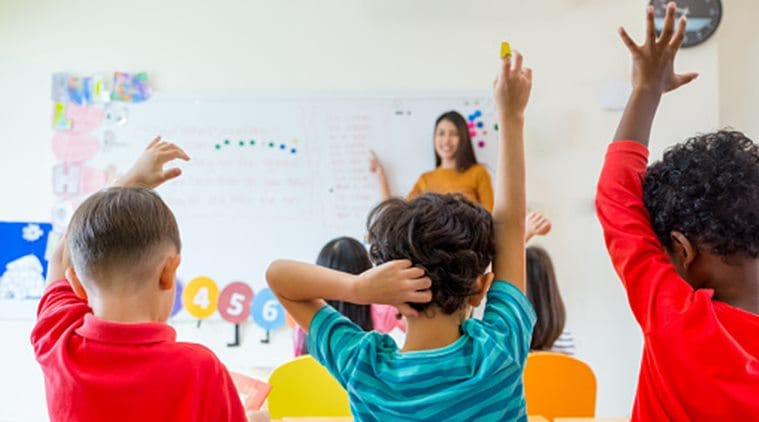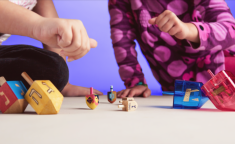When students are in a classroom, they learn social interactions with peers; make friends as also establish rapport with teachers. It is vital for children to develop socially along with their academic education.

By Sudhanshu Sinhal
Nowadays, online coaching/tutoring has become a trend. While many educational institutions are going the virtual route, there are a few institutions that still realise the benefits of maintaining classroom teaching. Research has proved that classroom teaching not only impacts the students but teachers, too. As parents, if you’re wondering at the pros and cons of both, here are some answers.
Basically, a classroom environment is important to encourage and motivate collaborative learning. Collaborative learning increases students’ self-awareness about how students learn and enables them to learn more easily and effectively, transforming them into keen learners inside and beyond classroom. It enhances students’ critical thinking skills. Classrooms provide an opportunity to students to engage in live discussions where they can better utilise their critical thinking skills to voice opinions or involve in an argument.
When students are in a classroom, they learn social interactions with peers; make friends as also establish rapport with teachers. It is vital for children to develop socially along with their academic education. Classroom teaching inculcates conflict resolving skills, presentation skills when it comes to presenting their ideas confidently in front of peers, develops team spirit and teaches them to get along with those from different cultural backgrounds. These experiences benefit in improving students’ communication and listening skills and it helps them in growing and maturing emotionally.
The presence of a teacher physically in a classroom keeps the students attentive and inspired throughout the lecture; additionally, it also initiates participation in interesting activities. This enables students to retain more from what they have learnt during a session. Here, teachers also modify their teaching style based on types of learners in their classroom, i.e. activities can help visual learner; interactions can help auditory learners, amongst others. Through this teachers can get an idea whether the students are following what has been taught or they require further explanation. Further, students can also clarify their doubts immediately after the chapter or topic is over.
Also Read| Try these creative ways to stimulate your child to learn
Classroom teaching teach students how to develop organizational skills, beginning with the basics, such as arriving to school on time. In a live classroom, students are held accountable for being prepared to do school work, which includes doing their homework the night before, being ready for an sort of quiz or competition, submitting assignments in time or before their due date and prepare for classroom discussion or any group discussion. All these help students in organizing themselves and their time, prioritise their homework, assignments and playtime.
Online or e-learning has its own set of benefits. There are many benefits of online learning – flexibility, plenty of choice, cost benefits, comfortable environment to study, advancing your career even while you are working, gaining skills that are transferrable, avoid commuting and learning at your own house. Additionally, it also helps you to develop self-discipline and make you join study groups from different places to understand perspectives.
While you are opting for e-learning you have options to study at your own time without having to visit a classroom where the time slots for lectures are fixed. Both options of studying are beneficial, however, you can choose as per your leisure.
(The writer is Managing Director, Sinhal Classes Pvt. Ltd.)
Source: Read Full Article





